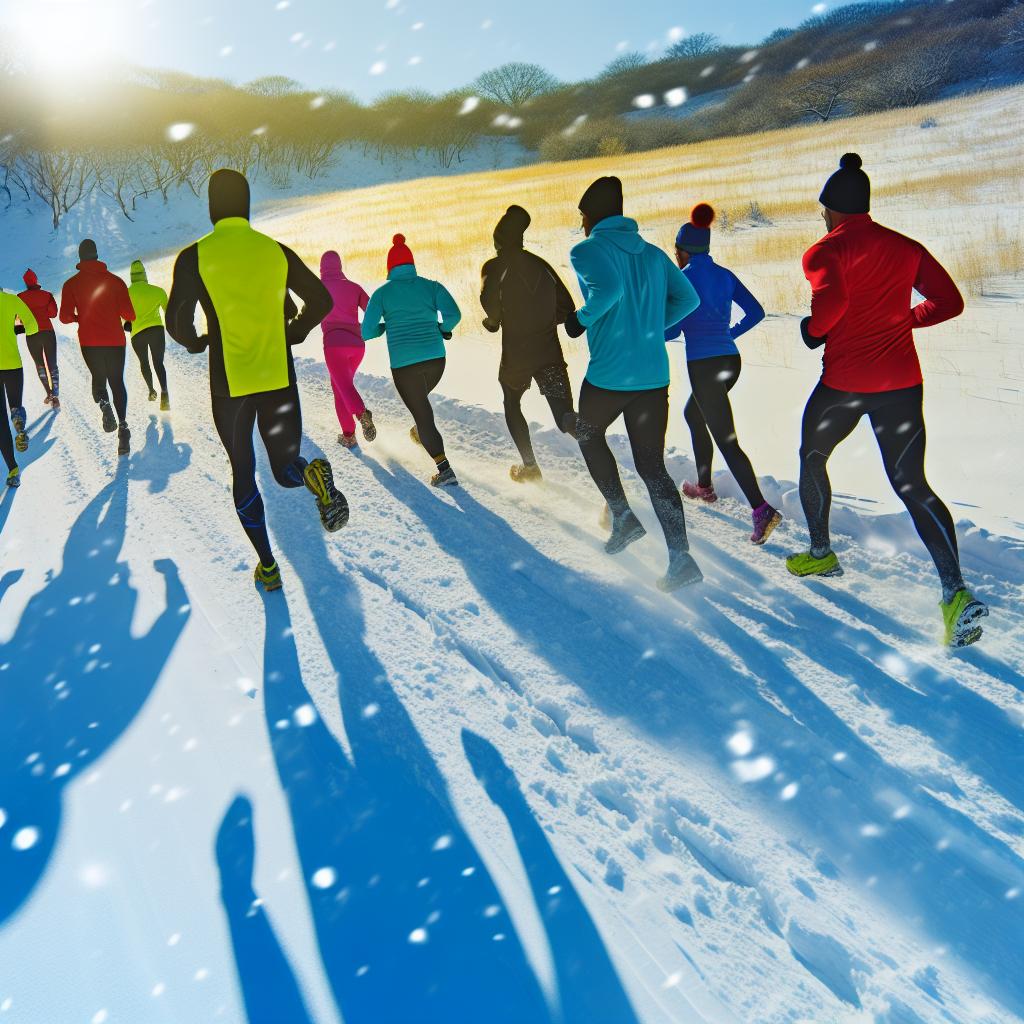Introduction to Winter Trail Running
Trail running during the winter months offers trail enthusiasts a unique opportunity to engage with nature while staying active in the off-season. The growth of winter trail running reflects a broader trend towards embracing outdoor activities year-round, regardless of weather conditions. This discipline not only allows runners to harness the distinct beauty and tranquility of winter landscapes but also provides numerous health benefits comparable to traditional trail running undertaken in more temperate climates.
The Growing Appeal of Winter Trails
Winter trail running has gained a dedicated following due to several factors. The advent of more sophisticated outdoor equipment allows runners to safely navigate challenging terrains despite the presence of snow and ice. With the right gear, the winter trails become less daunting and more accessible to outdoor enthusiasts. The promise of an undisturbed run, free from the usual crowds, is especially appealing to those seeking quietude and solitude in nature.
Luring fitness enthusiasts who want to maintain their conditioning throughout the colder months, winter trail running presents different challenges and rewards. The opportunity to explore snow-clad trails amid natural silence, interrupted only by the crunch of snow underfoot, is compelling. The beauty of snow-blanketed landscapes, combined with the physical challenge of traversing them, has contributed significantly to the rising popularity of this winter pursuit.
Necessary Gear and Preparation
Embarking on a winter trail running adventure involves careful planning and adaptation of one’s running kit to suit the demands of winter. Footwear is paramount; runners must select shoes that ensure stability and grip. Options like trail running shoes with metal spikes, studs, or an aggressive tread pattern are preferred to handle slippery and uneven surfaces.
Layering is crucial to stay comfortable and maintain an appropriate body temperature while ensuring unhindered movement. Running apparel for winter typically includes a moisture-wicking base layer, an insulating mid-layer, and a waterproof outer layer to guard against wind and moisture. Accessories are equally important, with items such as gloves, hats, neck warmers, and gaiters serving to protect extremities and prevent heat loss.
Preparing for winter trail runs also requires a focus on safety and knowledge of the terrain. Understanding trail conditions, checking weather forecasts, and planning routes are essential. Runners should equip themselves with vital safety tools such as a map, compass, and emergency shelter. It is wise to remain aware of the signs of hypothermia and frostbite to manage risks effectively.
The Benefits of Running in Winter Conditions
Engaging in winter trail running offers an array of positive outcomes for physical and mental health. Physically, winter running serves as a robust cardiovascular workout. It promotes improved muscle strength and endurance due to the added resistance provided by snow and the need for balance on uneven surfaces. Such conditions demand greater exertion, leading to increased cardiovascular fitness and muscular strength.
Mentally, the act of running amid winter’s natural splendor can significantly enhance one’s mood and alleviate stress. Exposure to daylight and nature has been associated with improved emotional well-being, which is particularly beneficial during the colder months when daylight hours are shortest.
Moreover, winter trail running can bolster the immune system, as regular exposure to lower temperatures gradually builds resilience. Cold weather necessitates adaptation, and repeated exposure fosters greater physiological efficiency in acclimating to varying and extreme conditions.
Conclusion
Winter trail running represents a thrilling pursuit for many trail runners keen to extend their running season, all while embracing the unique challenges that cold-weather conditions offer. Through adequate preparation, including the selection of appropriate gear and a sound understanding of trail safety, runners can unlock the myriad benefits that winter trails present. There is a particular satisfaction in traversing landscapes altered by the season, enjoying the serene and pristine beauty that the winter months uniquely provide. For those willing to brave the cold, winter trail running offers not just a test of endurance and grit but also a soul-enriching escape into the wintery wilderness.
